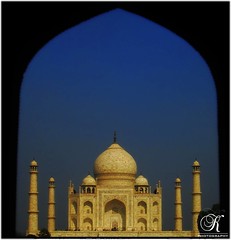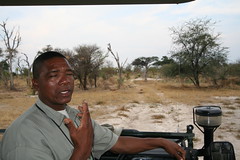A photo trip is probably a unique experience for most of us. So, you should not miss the event just because things did not go the way they should have. In most cases, you will never go back in this same photogenic location, at the same exciting time (it could be India and its colors, gorillas deep in the equatorial mountain forest, Himalaya peaks, colored landscapes of the Atacama desert, or many other places more exotic than the end of the street.
Then, there is only one solution: Be prepared!
- Explore the location: Know where you go, use Google Maps and Google Earth to discover the topography, the terrain, the location of monuments, roads and streets leading from one place to another.
- Orient yourself: the same tools will allow to see on what side you want to go to make the back-lit photos you want or to have the best angle at sun rise.
- Let inspiration come to you: There is nothing wrong in using Flickr to know what the other travelers have brought back from the place you don’t know yet. Discover the usual pictures that everybody gets and find some that are less common or more surprising : You’ll get the images that everybody expect back at home and a few good surprises too (even if you will not stay long enough to explore all aspects of a single subject).
But there is also a mean to speed preparation up and to go much further: Get a guide. It has many advantages:
- A guide knows every square meter of your destination: You will never be as prepared as he is.
- Choose a guide who knows what photography is. Most will only lead you to the place. This is even more important for difficult photo subjects like a safari photo trip: Your guide must be able to place himself (or place the car) at the right location, he will have to accept to stay longer in one location, near one animal; He should accept to leave early and stay late on the spot. You will avoid most of the tourist-run places. for this, the best is to find photo-oriented travel agents or to talk to the guide (even using Skype).
- You will be able to concentrate on photography without worrying too much about the rest (he’s not a body guard, but you shouldn’t have to keep an eye on your back and on your bag while you shoot).
- In some cases, the guide is the only mean to reach some locations: He’s the key to some religious ceremonies, to isolated places, to off-road tracks only accessible under precise conditions, etc.
Nevertheless, also think about keeping time to breathe, to think and to take the place in. Don’t stick to eye to the viewfinder all day long. Look around, widen your personal landscape. If your traveling with your family, also bring them into the photo business: I recommend making sure that everybody has a camera and you dispense some advice and make sure children participate (for example, a friend of mine had a real golden wooden frame that kids would use to frame themselves with monuments during specific photo games).

